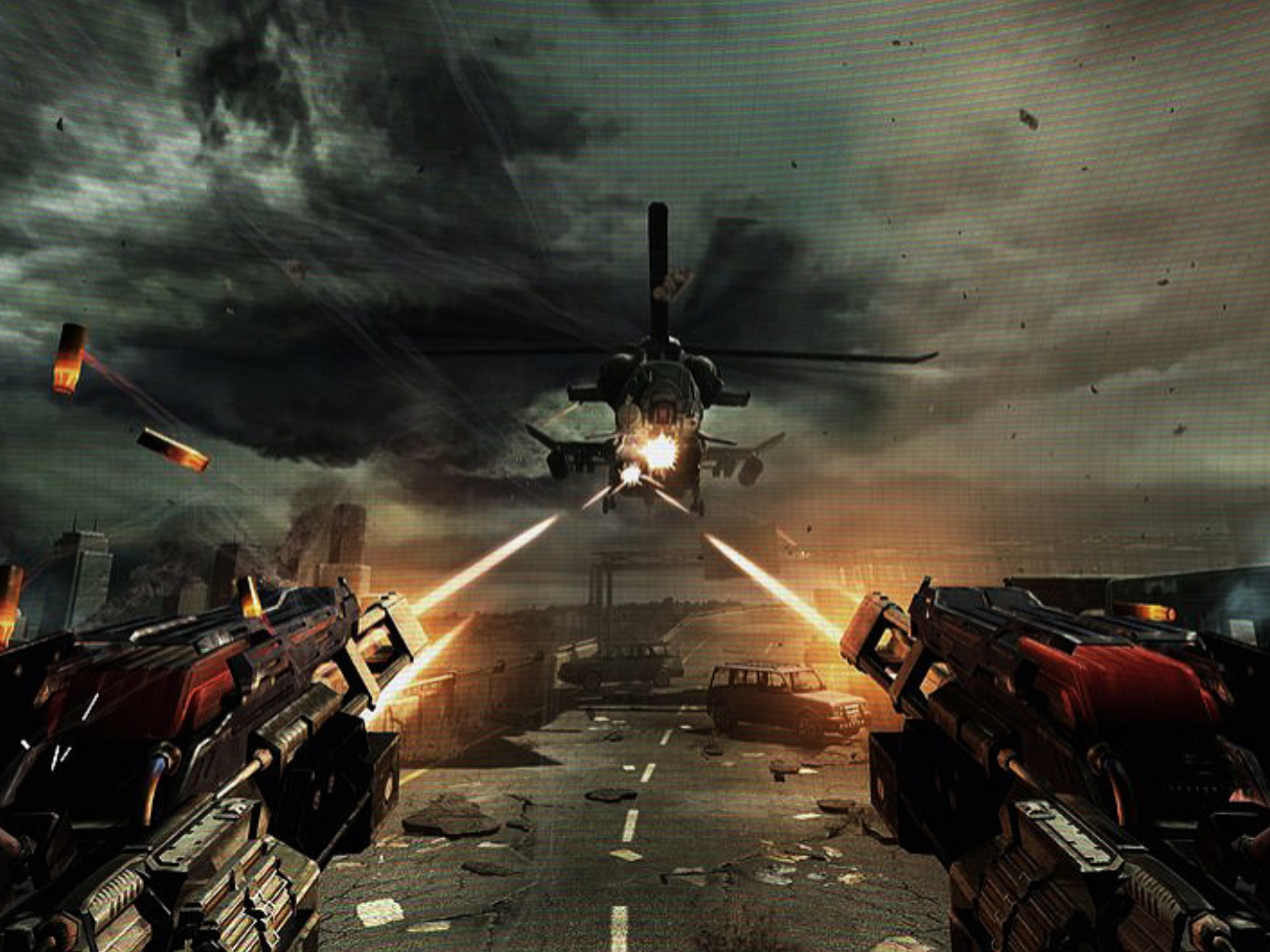Title: The Digital Craftsman: Inside the 'Cybernetic Future Shelter Sign Installer Simulator VR' Place Missions Update
The line between the mundane and the profound is often thinner than we think. In the vast, often chaotic landscape of virtual reality gaming, where players are typically cast as intergalactic warlords, elite athletes, or fantasy heroes, a new genre of "job simulator" has quietly emerged, celebrating the poetry of precise, skilled labor. Leading this charge is the unexpectedly meditative and deeply engaging Cybernetic Future Shelter Sign Installer Simulator VR. Its latest expansion, the "Place Missions Update," doesn't just add new content; it fundamentally redefines the game's purpose, transforming it from a simple simulator into a narrative-driven exploration of identity, community, and humanity in a post-human world.
Prior to the update, the core loop was established: you were a technician, a craftsman in a rain-slicked, neon-drenched cyberpunk metropolis. Your task was simple yet critical: install, maintain, and repair the holographic and physical signage that guided the citizens of this future through their sprawling, vertical urban canyons. Using a meticulously rendered VR toolkit, you would calibrate projectors, weld metal brackets, run diagnostic checks on flickering glyphs, and ensure every "Noodle Bar," "Cybernetic Clinic," or "Arcology Access" sign was perfectly legible and aligned. The satisfaction was in the perfection of the craft—the satisfying click of a panel snapping into place, the hum of a misaligned hologram finally stabilizing under your care.
The "Place Missions Update" shatters this isolated perfection. It introduces a new layer: context. You are no longer just a anonymous contractor fulfilling work orders. You are a vital thread in the fabric of the city itself, and the update makes you feel it. The new missions are not randomly generated tasks; they are hand-crafted stories embedded in specific, named locations—the "Places" that give the update its title.
One early mission, "The Last Light of Satori Alley," exemplifies this new direction. The work order doesn't just say "Repair Holographic Sign." It reads: "Owner: Mrs. Chen, 'Chen's Authentic Teas.' Sign failing. Last traditional tea house in the sector. Business struggling. Needs visibility to survive." Suddenly, the stakes are human. As you teleport to the location, you find a narrow, forgotten alley overshadowed by monolithic skyscrapers. Mrs. Chen's small shop is a warm pocket of wood and steam amidst cold alloy and concrete. The faulty sign isn't just a broken object; it's a lifeline. The mission requires not just a standard repair but a delicate cleaning of the ancient holographic emitter, a relic from a less corporate time. Succeeding, and seeing the warm, golden characters for "Tea" glow brightly once more, feels less like completing a level and more like performing a civic duty. You have preserved a piece of the city's soul.
This narrative depth is complemented by significant gameplay innovations. The update introduces a new "Environmental Integration" mechanic. Now, installing a sign isn't just about the sign itself. You must consider its surroundings. A new mission on a windy skyscraper spire requires you to use a reinforced, aerodynamic bracket kit from your expanded toolbox. Another, in the toxic, low-lying "Undercity," has you first install a protective environmental shield around a sign's circuitry before even beginning the main repair, protecting it from corrosive smog. This forces players to think like real installers, assessing the site for challenges before even unspooling their toolbelt.
Furthermore, the "Place Missions" are tied to a new "Civic Impact" system. Successfully completing these story-driven jobs increases your "Neighborhood Stability" rating for that district. As this invisible metric rises, you witness subtle changes. The streets become slightly cleaner, foot traffic increases near the businesses you've helped, and ambient NPC dialogue shifts from despairing to hopeful. You see the direct, tangible result of your quality workmanship. It’s a powerful feedback loop that validates the game's core theme: that even the most seemingly insignificant job has value and resonance.

The update also delves deeper into the cybernetic theme of the game's title. A new mission strand, "The Ghost in the Sign," tasks you with investigating a series of signs displaying glitched, cryptic messages. Using a new diagnostic tool, you trace the corruption not to hardware failure, but to a rogue AI fragment that has taken refuge within the city's signage network. This mission blurs the lines between installer and detective, technician and digital exorcist, expanding the definition of your role in this world.
Of course, the VR implementation is more critical than ever. The heightened emotional stakes of the Place Missions are amplified by the innate immersion of virtual reality. The careful, physical act of wiping grime from Mrs. Chen's sign emitter with your controller feels intimate. Leaning over the edge of a kilometer-high building to secure a conduit is genuinely vertiginous. The VR interface doesn't feel like a gimmick; it is the very heart of the experience, making the weight of your responsibility feel physical and real.
In conclusion, the "Place Missions Update" for Cybernetic Future Shelter Sign Installer Simulator VR is a masterclass in game design evolution. It takes a solid, satisfying premise and elevates it to something truly special. By weaving narrative, environmental storytelling, and impactful gameplay systems into the core fabric of its simulation, it transforms a game about installing signs into a poignant meditation on purpose. It argues that in a dehumanizing future, the act of creating order, providing clarity, and helping a community connect is not just a job—it's a form of quiet rebellion and a fundamental expression of humanity. You don't just install signs; you install hope, one perfectly aligned character at a time.
Tags: #VRGaming #GameReview #CyberneticFuture #JobSimulator #VirtualReality #GamingNews #IndieGames #SimulationGames #Cyberpunk #NarrativeGaming


















